The History and Significance of the Punic Wars: Rome vs. Carthage
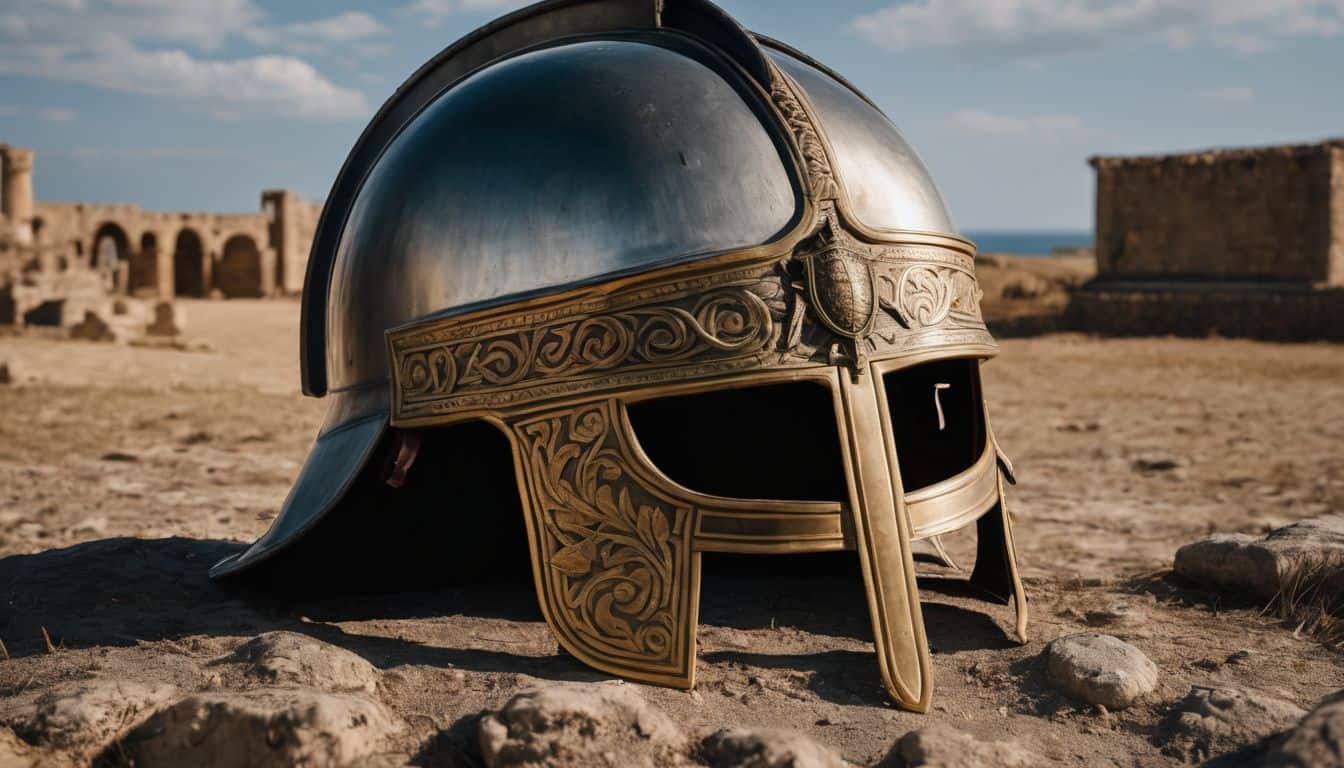
Updated On: April 04, 2024 by Raghda Elsabbagh
Venturing back to the realm of the ancient world and unravelling the historical origins and ramifications of past conflicts can be something of a head-scratcher. We’ve found ourselves knee-deep in this very endeavour, delving into one particularly notable period of ancient warfare—The Punic Wars, which were vigorously fought between Rome and Carthage.
To make your journey through time smoother, this blog post thoroughly explores this intriguing series of wars. We’ll uncover their roots, key events, significant figures and, most critically, their deep-seated implications on history’s pages. Ready for an enlightening trip down memory lane? Let’s cast off!
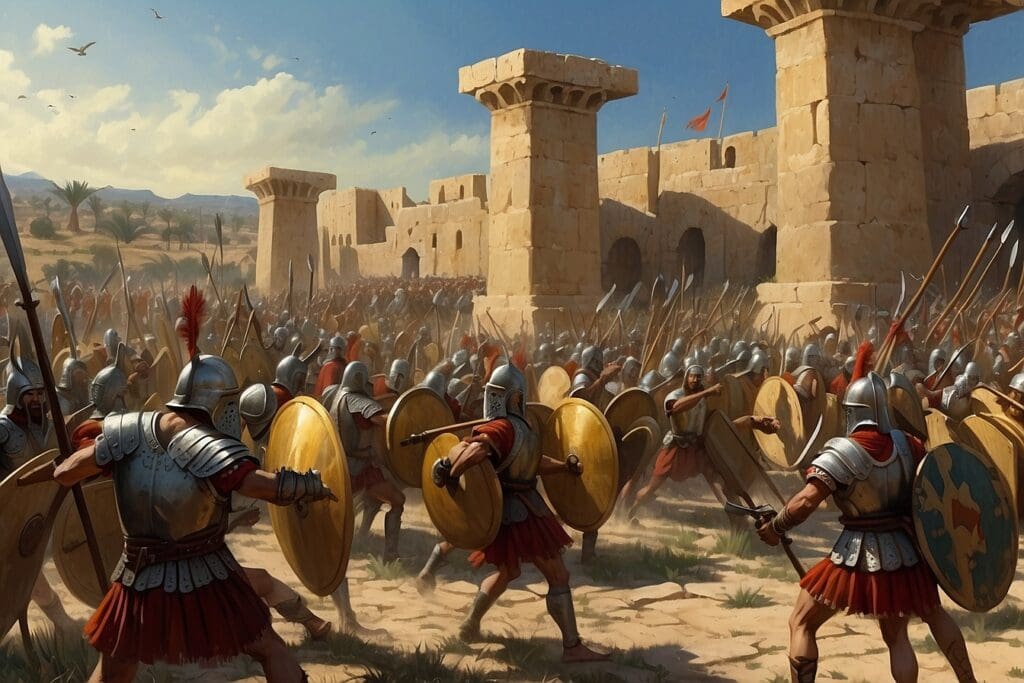
Table of Contents
Causes of the Punic Wars
The Punic Wars were a series of three devastating conflicts fought between Rome and Carthage from 264 BC to 146 BC, stemming from their competition for control over the island of Sicily and driven by a complex interplay of factors that spanned economic, territorial, and diplomatic dimensions.
Carthage was a powerful city-state located near modern-day Tunisia. At the same time, Rome was an emerging empire seeking to expand its territory. Both states were driven by the relentless pursuit of power, resources, and influence in the Mediterranean.
Economic Competition and Trade Rivalry
The economic aspect of the Punic Wars was a central catalyst for conflict. Both Rome and Carthage sought control over lucrative trade routes and resources, recognising the economic advantages accompanying dominance in the Mediterranean. Carthage, a maritime power, relied heavily on trade for its prosperity, mainly by controlling vital sea routes. Meanwhile, Rome’s burgeoning empire and expanding influence in Italy led to a desire to secure access to critical resources and trade opportunities. The resultant clash of economic interests ignited the Punic Wars, as both powers vied for supremacy in the competitive economic landscape.
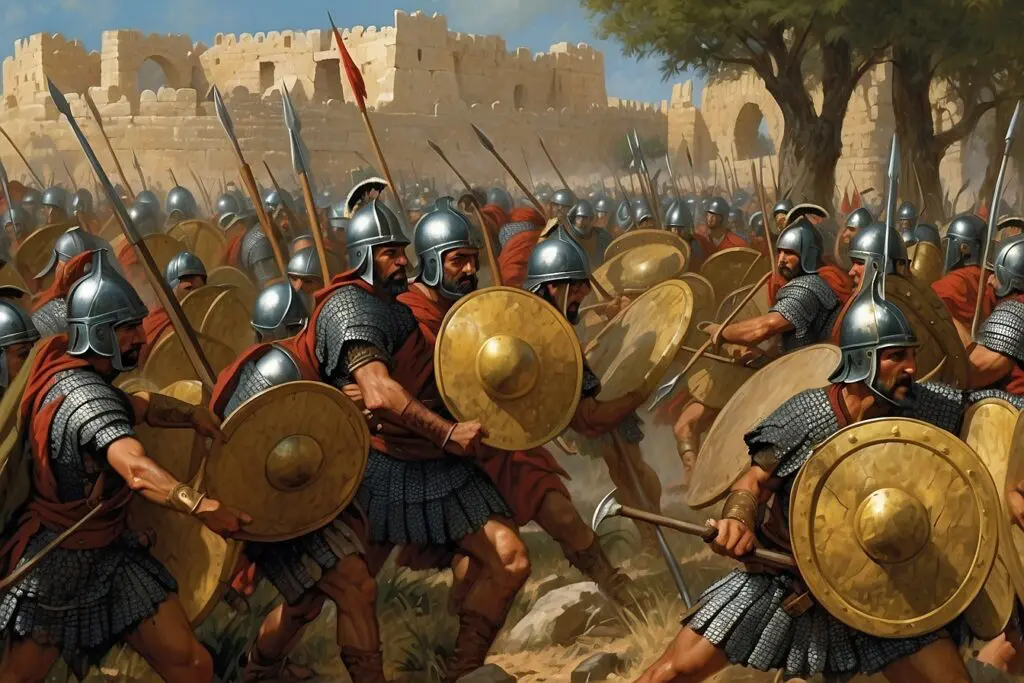
Territorial Expansion and Strategic Interests
Rome’s relentless expansion in Italy and the broader Mediterranean fuelled a quest for territorial dominance. The strategic significance of key regions became apparent as Rome sought to consolidate its control over vital territories.
On the other hand, Carthage exercised influence in North Africa and Iberia, aiming to secure territories crucial for its economic and military strength. The clash between Roman expansionism and Carthaginian strategic interests set the stage for territorial disputes and, ultimately, the outbreak of the Punic Wars.
Diplomatic Tensions and Conflicts of Interest
Diplomatic tensions and conflicts of interest further fuelled the fires of the Punic Wars. Disputes over Sicily, a strategically positioned island in the Mediterranean with agricultural wealth, became a focal point of contention. The competition for control over Sicily intensified, with both Rome and Carthage recognising its crucial importance. This geopolitical struggle over the island heightened diplomatic tensions and set the stage for open conflict.
Moreover, the role of political and military leaders cannot be overlooked. Ambitious figures on both sides, such as the Carthaginian general Hannibal and Roman military commanders, exacerbated tensions through aggressive manoeuvres and brinkmanship, pushing the already strained relations between the two powers to the point of war.
First Punic War (264–241 BCE)
The First Punic War (264–241 BCE) marked the onset of the Punic Wars saga.
Initial Conflicts and Battles
The First Punic War witnessed intense naval warfare in the Mediterranean, a defining feature of the entire Punic Wars saga. Both Rome and Carthage recognised the strategic importance of controlling the seas, given the interconnected nature of their territories. The clashes involved large fleets and naval engagements, with the pivotal Battle of Mylae in 260 BCE and the Battle of Cape Ecnomus in 256 BCE as significant confrontations showcasing the maritime prowess of both powers.
Simultaneously, the war extended to land battles in Sicily and its surrounding regions. Sicily became a battleground for supremacy. These land engagements, characterised by sieges and skirmishes, saw both Roman and Carthaginian forces vying for control, setting the stage for a protracted and gruelling conflict.
Rome’s Adaptation to Naval Warfare
One of the remarkable aspects of the First Punic War was Rome’s adaptation to naval warfare. Historically a land-based power, Rome recognised the need to challenge Carthage’s maritime dominance. The Romans embarked on a massive shipbuilding campaign, constructing a powerful navy to contend with the experienced Carthaginian fleet.
Furthermore, Rome employed innovative tactics in naval engagements. Using a boarding bridge, known as the “Corvus,” allowed Roman ships to secure themselves to Carthaginian vessels, effectively turning naval battles into quasi-land battles. This tactical innovation proved crucial in levelling the playing field and countering Carthage’s maritime superiority.
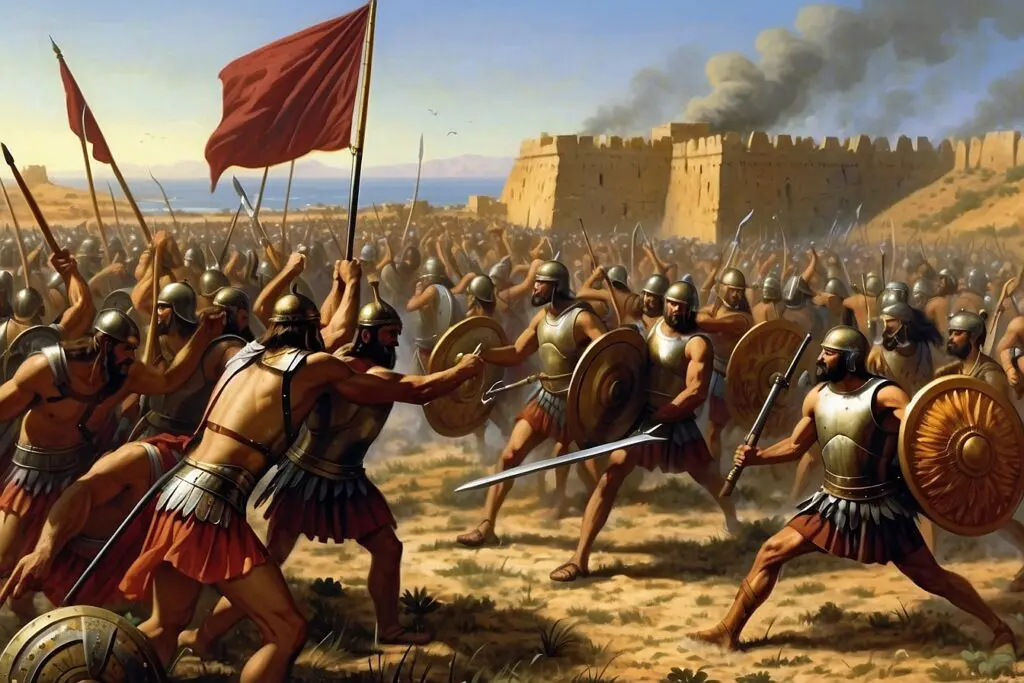
Treaty of Lutatius and Its Implications
The climax of the First Punic War was marked by the Treaty of Lutatius in 241 BCE, which resulted in significant territorial changes and reparations. Carthage ceded control of Sicily to Rome, marking the first time Rome expanded its influence beyond the Italian peninsula. Additionally, Carthage agreed to pay substantial reparations to Rome, further weakening its economic and military capabilities.
Rome emerged as a formidable maritime power, extending its influence and solidifying its position as a dominant force. The defeat of Carthage in the First Punic War set the stage for subsequent conflicts.
Interwar Period
The Interwar Period between the First and Second Punic Wars (241–218 BCE) was a crucial phase that saw both Rome and Carthage engaging in strategic manoeuvres, reconstruction efforts, and diplomatic machinations as they prepared for the inevitable resurgence of hostilities.
Reconstruction and Rearmament
Following the conclusion of the First Punic War, Rome and Carthage embarked on extensive reconstruction and rearmament efforts. The war had taken a toll on their economies, necessitating rebuilding initiatives.
Having gained control of Sicily and faced new territorial responsibilities, Rome invested in infrastructure and urban development. Simultaneously, Carthage focused on rejuvenating its naval and military capabilities to recover from the losses suffered during the conflict. The Interwar Period was a race to strengthen military and economic capacities, with both powers recognising the need to be well-prepared for future confrontations.
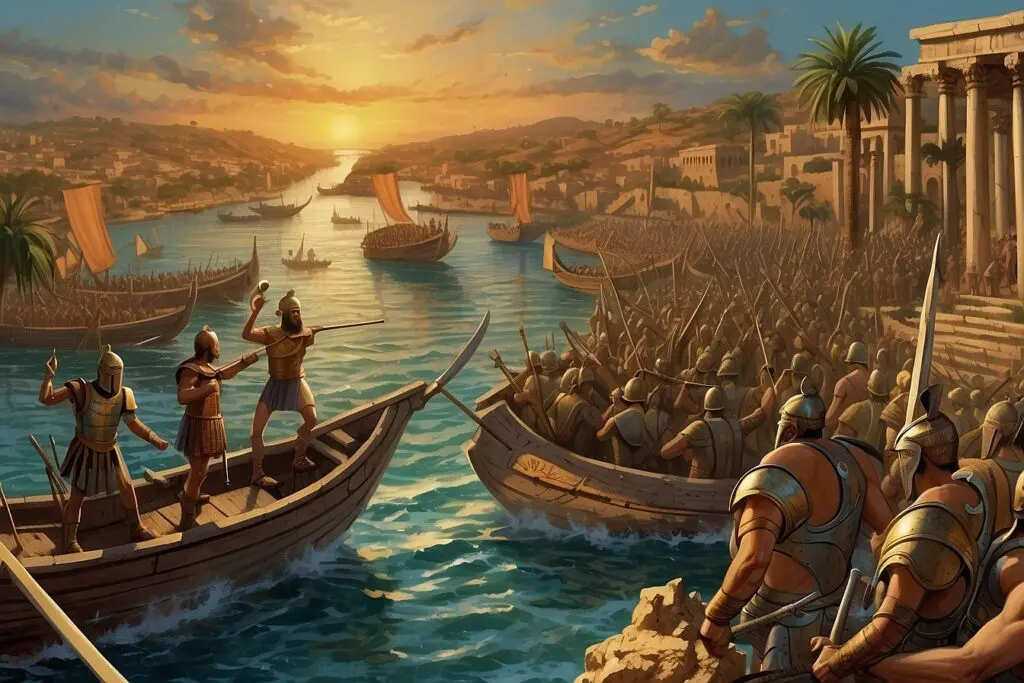
Diplomatic Relations and Tensions
The treaties signed at the end of the First Punic War were ambiguous in certain aspects, leaving room for future disputes. The unresolved issues, particularly regarding the interpretation of territorial boundaries and trade agreements, contributed to diplomatic tensions during the Interwar Period.
Both Rome and Carthage sought to secure alliances and strategic advantages through diplomatic means, with each side carefully weighing its options in anticipation of renewed hostilities.
Within Carthage, the Barcid family, led by the renowned general Hannibal, played a significant role in shaping diplomatic strategies. Hannibal emerged as a critical figure in Carthaginian politics. His influence and that of the Barcid family contributed to Carthage’s diplomatic manoeuvres as they sought to restore and expand their influence in the Mediterranean.
Second Punic War (218–201 BCE)
The Second Punic War (218–201 BCE) stands as one of the most remarkable conflicts in the annals of military history, characterised by the brilliant tactics of Hannibal Barca and the resilience of the Roman Republic.
Hannibal’s Invasion of Italy
Hannibal’s audacious and daring manoeuvre of crossing the Alps with his army and elephants remains one of the most iconic feats in military history. This unexpected move caught the Roman forces off guard.
Hannibal’s military genius was further demonstrated through a series of decisive victories. The Battle of Trebia in 218 BCE, the ambush at Lake Trasimene in 217 BCE, and the masterful tactics employed at the Battle of Cannae in 216 BCE (the worst defeat in Roman history) showcased Hannibal’s ability to outmanoeuvre and defeat larger Roman armies. These victories inflicted heavy casualties on the Romans and underscored the effectiveness of Hannibal’s unconventional strategies.
Roman Resilience and Strategy
Faced with Hannibal’s formidable tactics, Rome adopted a strategy of resilience. Fabius Maximus, known for his Fabian tactics, advocated for avoiding confrontations with Hannibal’s forces and instead employed a strategy of attrition. Rome engaged in guerrilla warfare, harassing Carthaginian supply lines and avoiding pitched battles.
While Hannibal was wreaking havoc in Italy, Rome sought to counterbalance his influence elsewhere. Scipio Africanus, a brilliant Roman general, distinguished himself in Spain and North Africa. His victories, most notably at the Battle of Ilipa in 206 BCE, weakened Carthaginian support and shifted the balance of power in Rome’s favour.
The Battle of Zama and the End of the War
The turning point of the Second Punic War occurred at the Battle of Zama in 202 BCE. Having earned victories in Spain and North Africa, Scipio Africanus confronted Hannibal in a decisive showdown. Employing a combination of disciplined infantry and Numidian cavalry, Scipio devised a strategy that nullified Hannibal’s strengths. The Battle of Zama resulted in a resounding victory for Rome.
The peace treaty that concluded the Second Punic War severely affected Carthage. Carthage was forced to cede territories, disarm its military, and pay substantial reparations to Rome. The city-state’s power was greatly diminished, marking the end of its status as a formidable Mediterranean power.
Third Punic War (149–146 BCE)
The Third Punic War (149–146 BCE) marked the final chapter in the Punic Wars, ultimately resulting in the complete destruction of Carthage and solidifying Roman dominance in the Mediterranean.
Renewed Hostilities and Roman Aggression
The Third Punic War was triggered by what Rome deemed Carthaginian violations of treaties and agreements. Suspicious of Carthaginian intentions, Rome accused Carthage of breaking the terms set after the Second Punic War. Apparently, Carthage had been rearming and preparing for renewed hostilities, providing Rome with a pretext for aggression. This perception fuelled Roman hostility and set the stage for the decisive conflict.
In response to the alleged violations, Rome, under the leadership of Scipio Aemilianus, launched a brutal campaign against Carthage. The Romans attacked the city, employing ruthless tactics to break the Carthaginian defences. The siege was prolonged and arduous, culminating in Carthage’s eventual sacking and destruction in 146 BCE. The once-proud city was reduced to ruins, ending the historical legacy of Carthage in the Punic Wars.
Consequences of the Third Punic War
The consequences of the Third Punic War were severe and irrevocable for Carthage. Rome obliterated the city-state, leaving nothing but smouldering ruins. The aftermath of the Third Punic War solidified Roman dominance in the Mediterranean. With Carthage obliterated and its territories absorbed into the Roman Republic, Rome stood unchallenged as the preeminent power in the region.
Impact of the Punic Wars
The Punic Wars had far-reaching and profound impacts on the ancient Mediterranean’s political, economic, and social landscape.
Political, Economic, and Social Consequences for Rome
The Punic Wars significantly influenced Rome’s political, economic, and social fabric. Politically, the wars catalysed a transformation in the Roman Republic, leading to a dramaric shift from a regional power to a Mediterranean hegemon. The acquisition of territories through the Punic Wars expanded Rome’s influence and increased its resources, contributing to the emergence of influential political and military figures.
Economically, the influx of wealth from conquered territories, particularly after the Second Punic War, fuelled a period of economic prosperity known as the “Punic Wars Boom,” strengthening Rome’s economic foundation.
Socially, the wars profoundly impacted Roman society, contributing to the rise of a professional military class and altering the dynamics between different social classes.
Legacy of Carthage and Its Impact on North Africa
The destruction of Carthage after the Third Punic War left an indelible mark on the city’s history and erased its prominence as a major Mediterranean power. The once-great Carthaginian civilisation was reduced to ashes. However, the impact extended beyond the ruins of Carthage. The void left by Carthage allowed Rome to dominate North Africa, shaping the trajectory of the region’s history for centuries.
Long-term Implications for the Mediterranean World and the Balance of Power
With the destruction of Carthage, Rome emerged as the unrivalled superpower in the region. The Mediterranean became a Roman lake, and the defeat of Carthage marked the end of significant challenges to Roman hegemony. The conquered territories, wealth, and strategic dominance achieved by Rome during the Punic Wars set the stage for the Roman Empire’s expansion and centuries of Roman rule.
In conclusion, the Punic Wars stand as a pivotal chapter in the annals of ancient history, leaving an indelible mark on the Mediterranean’s political, economic, and social landscapes. Rome emerged as a dominant power in the Mediterranean region through these wars, while Carthage faced complete destruction. The battles and strategies used by both sides shaped history for centuries to come, making the Punic Wars an important chapter in our understanding of ancient civilisations.






